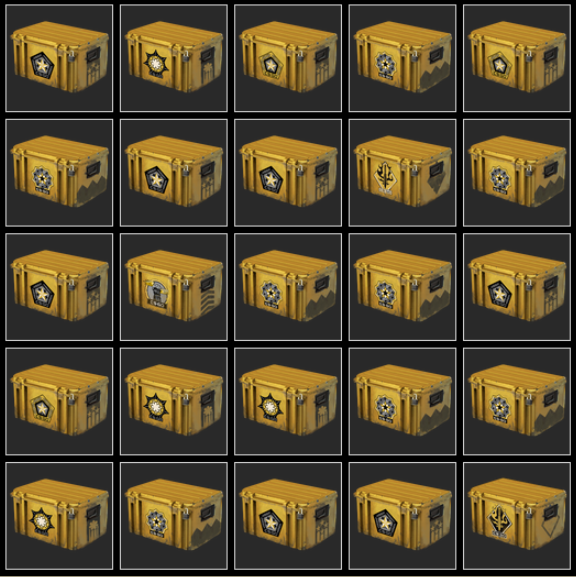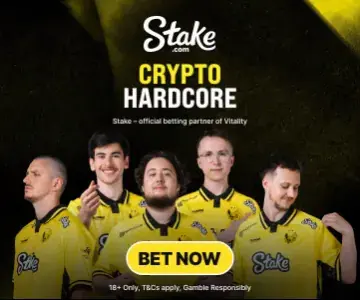Analytics
16:12, 04.12.2022

Here are a few reasons why other game publishers should mimic Valve.
Since the introduction of the very first case in 2013, CS:GO has created a real revolution in gaming, resulting in both the opportunity to earn money for ordinary players and the introduction of obsessive loot boxes in other games. Now is the time to figure out what makes skins in Counter-Strike: Global Offensive and the ecosystem around them so good.
Community Participation
The success of the CS:GO skins market is primarily the result of the close integration of the Steam Workshop with the game, from where the developers take the best works and fill cases with them. Of course, skins authors do not do it out of altruistic motives but for a percentage of sales. Artists thus receive approximately $40,000-100,000 per year for each skin. However, getting work into the game takes a lot of effort, talent, and luck.
Not every shooter, especially outside of Steam, can boast of something similar, but Dota 2 has an almost similar scheme.

Stickers from Majors
Stickers with the autographs of esports athletes who made it to the Major are a tribute to the player who stuck something on his favourite AK and a way to support him financially. Even if the player is from a team that does not claim the title, sales from stickers will become a significant part of his income, especially if he makes a stunning highlight or does something scandalous. The same applies to teams. The price of iBuyPower and Titan holographic stickers remains high because the first team players were banned by Valve due to cheating, and the second organization ceased to exist.
In Dota 2, they tried to introduce something similar. They even made team support sets, but the implementation could have been better, and they were bought mainly because of funny voice cues that are impossible to sell. Even the autographs of talents that have existed for several years will not fit into the gameplay as well as in CS:GO, where weapons with stickers will occupy about a quarter of the screen.
Other shooters can sometimes have club sets, but rarely when you can support only a single player.


Trading For Real Money And Betting
The skin popularity boom would not have occurred without the fact that initially, restrictions on the exchange and sale of items were more liberal. Players used third-party services where they made bets, exchanged, and sold for real money, which was impossible in Steam itself. Later, the developers drew attention to the situation and the number of sites with skins, including fraudulent ones, decreased.
Nevertheless, the opportunity to get rich at the expense of in-game cosmetics has remained, but in many cases, you will have to wait two weeks for the transaction to go through. The most expensive deals often take place offline.
Valorant cannot boast of something similar, and Dota 2 lost its ground long ago since the number of non-tradeable items in the game increased.

Related:
- Memes That Represent Modern Professional CS:GO
- Ten Binds In CS:GO That Will Help You to Rank Up Faster
Factors Affecting the Cost
The ecosystem of the skins market would look completely different if the most understandable float or knife patterns did not exist. Users are ready to pay extra for "Direct from the factory" quality or the design on their knife to make the game side of one colour. Such an element of exclusivity adds value to items. There is simply no CS:GO competitors with similar mechanics, or they are little known.


Healthy Division By Rarity And Pricing
Unlike Dota 2, there are no combat passes in CS:GO, where you can be attacked by hundreds of unsellable items that can look many times more impressive than some arcana. And getting a red (Secret) skin in Counter-Strike is much more complex, while it will look rare, unlike the colourful immortal skin in Dota 2, which will cost less than 5 dollars.
We have yet to determine how the ecosystem of in-game cosmetics in CS:GO will change in 3 years or more, but Valve has already set the gold standard. One can only wish everything remains at the same high level in the company's future multiplayer games.
Comments
Upcoming Top Matches
Latest top news







No comments yet! Be the first one to react